
漢德百科全書 | 汉德百科全书
 Argentina
Argentina
 Australia
Australia
 Germany
Germany
 France
France
 Canada
Canada
 Kasachstan
Kasachstan

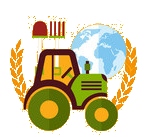 Agriculture, forestry, livestock, fishing
Agriculture, forestry, livestock, fishing
 Romania
Romania
 Russia
Russia
 Ukraine
Ukraine
 United States
United States
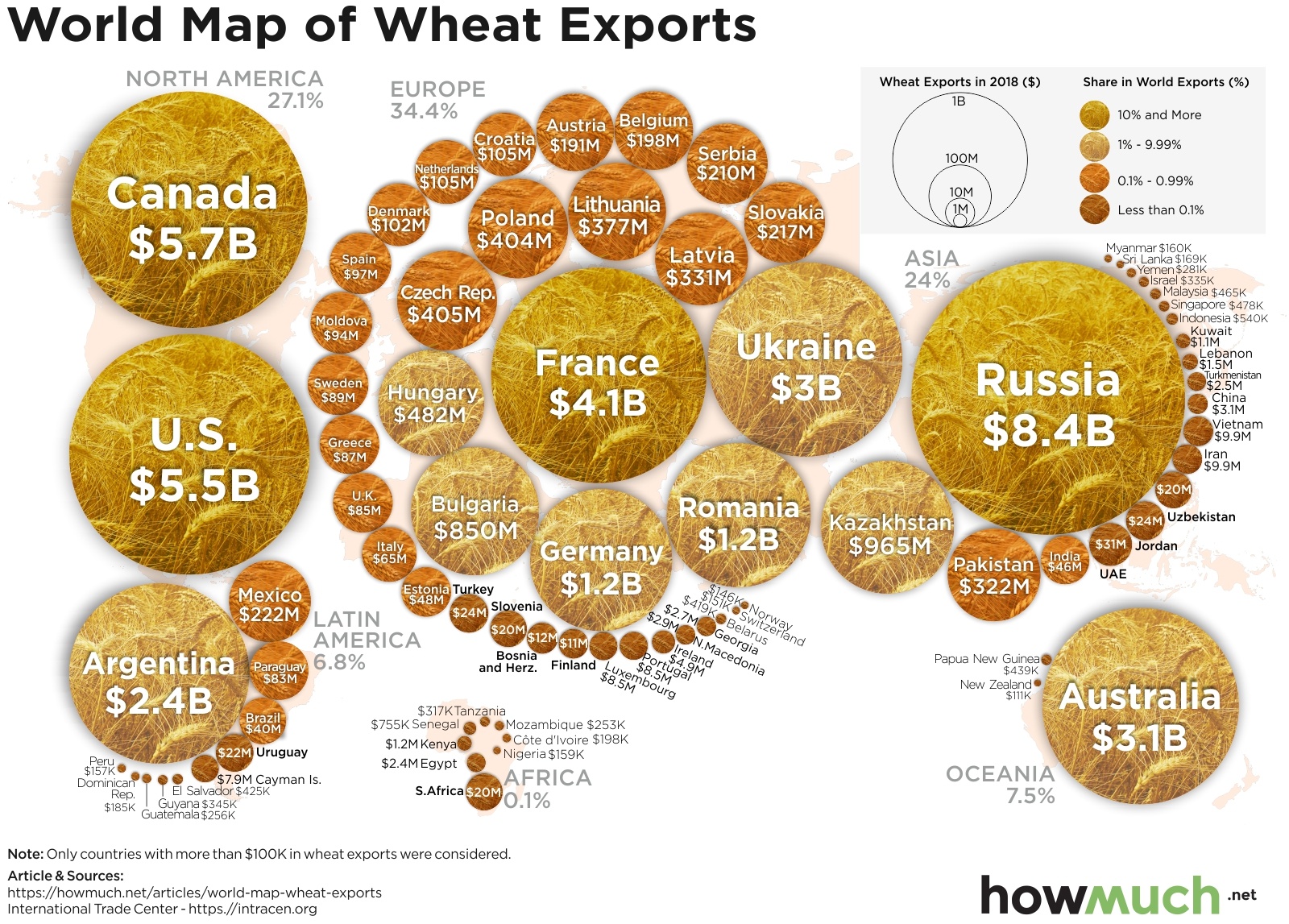




 Burundi
Burundi
 Demokratische Republik Kongo
Demokratische Republik Kongo

 Hand in Hand
Hand in Hand

 Hand in Hand
Hand in Hand
 Institute of Culture and Language
Institute of Culture and Language
 Kenya
Kenya
 Comoros
Comoros
 Madagaskar
Madagaskar
 Malawi
Malawi
 Mayotte
Mayotte
 Mosambik
Mosambik
 Oman
Oman
 Ruanda
Ruanda
 Sambia
Sambia
 Somalia
Somalia
 Tansania
Tansania
 Uganda
Uganda
Swahili, deutsch auch Suaheli, Kisuaheli, Kiswahili (Eigenbezeichnung) sowie vereinzelt Suahelisch, ist eine Bantusprache und die am weitesten verbreitete Verkehrssprache Ostafrikas. Swahili ist die Muttersprache der Swahili, die im etwa 1500 Kilometer langen Küstenstreifen von Süd-Somalia bis in den Norden von Mosambik leben, sowie einer ständig wachsenden Zahl von Einwohnern Ostafrikas, die mit dieser Sprache aufwachsen. Mehr als 80 Millionen Menschen beherrschen Swahili,[2] was die Sprache zu der am meisten gesprochenen Bantusprache weltweit macht. Von den mehr als 80 Millionen Swahili-Sprechern sind nur 5–10 Millionen Muttersprachler.
斯瓦希里语(Kiswahili),属于班图语族,是非洲大陆使用人数最多的语言之一(5500万多人),与阿拉伯语及豪萨语并列非洲三大语言[3]。斯瓦希里语是坦桑尼亚、肯尼亚、乌干达的官方语言,刚果民主共和国的国家语言之一,斯瓦希里语的方言科摩罗语是科摩罗的官方语言之一。在赞比亚、马拉维、布隆迪、卢旺达、莫桑比克等东非和中非的国家,斯瓦希里语被作为交际语言使用。在1728年后斯瓦希里语是以阿拉伯字母来拼写,之后到19世纪受到欧洲殖民者的影响改以拉丁字母来拼音。而斯瓦希里语也吸收了大量阿拉伯语借词[4],语言的名称“斯瓦希里”来自阿拉伯文سواحيل,为“濒海地区”之意[5]。
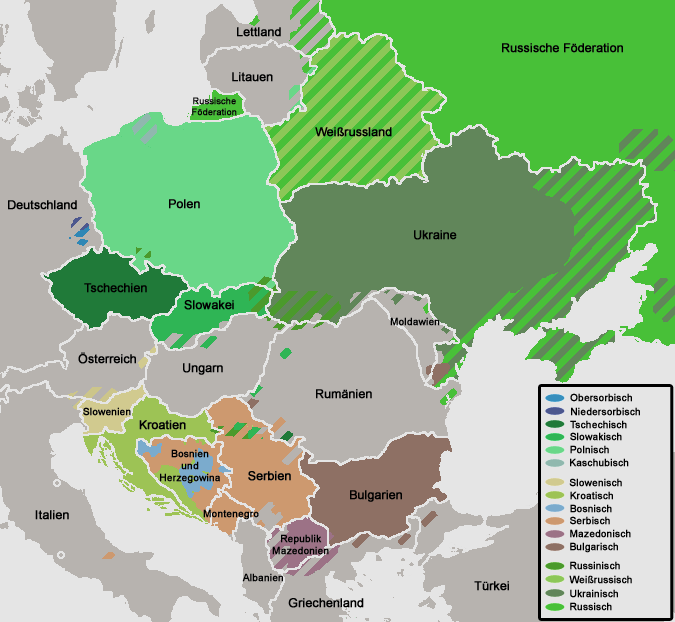
Die slawischen Sprachen (auch slavisch) bilden einen Hauptzweig der indogermanischen Sprachen. Man unterscheidet gewöhnlich zwischen Ostslawisch, Westslawisch und Südslawisch.[1]
Etwa 300 Millionen Menschen sprechen eine der rund 20 slawischen Sprachen als Muttersprache; 400 Millionen inklusive Zweitsprechern. Die mit Abstand sprecherreichste slawische Sprache ist das Russische mit rund 145 Millionen Muttersprachlern. Weitere bedeutende slawische Sprachen sind Polnisch und Ukrainisch (jeweils etwa 50 Millionen Sprecher). Fast alle größeren slawischen Sprachen sind Nationalsprachen ihrer Länder.
Die Wissenschaft von den slawischen Sprachen, Literaturen und Kulturen heißt Slawistik.
斯拉夫語族是印欧语系的一个语族,產生於斯拉夫民族。可分為東斯拉夫語支、南斯拉夫語支及西斯拉夫語支,東斯拉夫語支及南斯拉夫語支使用西里爾字母,但有一例外,塞尔维亚语和克罗地亚语原是同一种语言,由于宗教的原因,塞尔维亚语用西里尔字母书写,克罗地亚语用拉丁字母书写,两种字母可以自由转写。波斯尼亚语和斯洛文尼亚语用拉丁字母书写(見塞尔维亚语、克罗地亚语和波斯尼亚语的比较),西斯拉夫語支使用拉丁字母。
スラヴ語派(スラヴごは)とは、インド・ヨーロッパ語族バルト・スラヴ語派の一派で、スラヴ系諸民族が話す言語の総称。かつては同民族の祖先スラヴ人に話される「スラヴ祖語」が存在したと想定されるが、スラヴ人の民族大移動の頃(5 - 6世紀)から分化が進み、次第に各語群が独自の特徴を明確にし始め、12世紀には単一言語としての統一は完全に失われた。
The Slavic languages (also called Slavonic languages) are the Indo-European languages spoken by the Slavic peoples. They are thought to descend from a proto-language called Proto-Slavic, spoken during the Early Middle Ages, which in turn is thought to have descended from the earlier Proto-Balto-Slavic language, linking the Slavic languages to the Baltic languages in a Balto-Slavic group within the Indo-European family.
The Slavic languages are divided intro three subgroups: East, West, and South, which together constitute more than 20 languages. Of these, 10 have at least one million speakers and official status as the national languages of the countries in which they are predominantly spoken: Russian, Belarusian and Ukrainian (of the East group), Polish, Czech and Slovak (of the West group) and Slovene, Serbo-Croatian, Macedonian and Bulgarian (of the South group).
The current geographic distribution of natively spoken Slavic languages covers Eastern Europe, the Balkans, Central Europe and all of the territory of Russia, which includes northern and north-central Asia. Furthermore, the diasporas of many Slavic peoples have established isolated minorities of speakers of their languages all over the world. The number of speakers of all Slavic languages together is estimated to be 315 million.[2][3][unreliable source?] Despite the large extent, the individual Slavic languages are considerably less differentiated than Germanic and Romance languages.
Les langues slaves sont des langues indo-européennes, du groupe balto-slave. Les langues slaves forment un groupe de langues important dont les locuteurs se situent majoritairement en Europe centrale, Balkans, Europe de l'Est, Sibérie, Extrême-Orient russe, Asie centrale.
Le lingue slave sono un gruppo di idiomi appartenenti alla famiglia delle lingue indoeuropee. Vengono, a volte, inserite nell'ipotetica sottofamiglia delle lingue balto-slave a causa di molteplici similitudini isoglottiche con le lingue baltiche, sebbene non vi siano altri tipi di legami tra i due gruppi. Alcuni studiosi non accettano questo accorpamento, in quanto i due gruppi si sono evoluti indipendentemente l'uno dall'altro[2].
Le lingue slave sono parlate da oltre 315 milioni di persone abitanti in Europa orientale, centro-orientale e balcanica[3], nonché da un folto gruppo di emigrati in tutto il mondo. Alcune lingue slave usano l'alfabeto latino con alcuni segni diacritici (sloveno, croato), altre quello cirillico (bulgaro, serbo), con variazioni minime tra una lingua e l'altra.
Sulla base delle lingue slave sono state create diverse lingue artificiali che possono essere comprese da coloro che parlano almeno una lingua slava.
Las lenguas eslavas son un conjunto de lenguas pertenecientes a la familia lingüística indoeuropea. Son habladas en gran parte de Europa Central, los Balcanes, Europa Oriental y el norte de Asia. El número total de hablantes ronda los 400 millones de personas.
En la escritura se usan los alfabetos cirílico y latino. Antiguamente, además se usaban los alfabetos glagolítico y el árabe.
Славя́нские языки́ — группа родственных языков индоевропейской семьи. Распространены в ряде стран Центральной и Восточной Европы и Северной Азии[3]. Общее число говорящих — более 400 млн человек[4][5][6][7], преимущественно славяне. Отличаются большой степенью близости друг к другу, которая обнаруживается в структуре слова, употреблении грамматических категорий, структуре предложения, семантике, системе регулярных звуковых соответствий, морфонологических чередованиях. Эта близость объясняется единством происхождения славянских языков и их длительными и интенсивными контактами между собой на уровне литературных языков и диалектов.
Длительное самостоятельное развитие славянских народов в разных этнических, географических и историко-культурных условиях, их контакты с различными этническими группами привели к появлению различий материального, функционального и типологического характера.


| Rang | Land | Anteil Katholiken | Rang | Land | Anzahl Katholiken |
|---|---|---|---|---|---|
| 1 | 100 % | 1 | 133.660.000 | ||
| 2 | 98,0 % | 2 | 96.330.000 | ||
| 3 | 95,8 % | 3 | 75.940.000 | ||
| 4 | 95,2 % | 4 | 74.470.000 | ||
| 5 | 93,0 % | 5 | 50.250.000 | ||
| 6 | 92,2 % | 6 | 38.100.000 | ||
| 7 | 90,5 % | 7 | 37.930.000 | ||
| 8 | 89,6 % | 8 | 35.290.000 | ||
| 9 | 88,5 % | 9 | 34.670.000 | ||
| 10 | 88,4 % | 10 | 31.180.000 |


Die türkische Sprache – auch Türkeitürkisch oder Osmanisch-Türkisch[1] – ist eine agglutinierende Sprache und gehört zum oghusischen Zweig der Turksprachen. Als meistgesprochene Turksprache ist sie die Amtssprache in der Türkei und neben dem Griechischen auch auf Zypern (sowie in der international nicht anerkannten Türkischen Republik Nordzypern). Außerdem wird das Türkische als lokale Amtssprache in Nordmazedonien, Rumänien und im Kosovo verwendet. Eigenbezeichnungen sind Türk dili, Türkçe [tyɾkt͡ʃe] und Türkiye Türkçesi.
Die türkische Sprache selbst weist eine Reihe von Dialekten auf, von denen der Istanbuler Dialekt von besonderer Bedeutung ist. Seine Phonetik ist die Basis der heutigen türkischen Hochsprache.[2] Bei der Einführung des lateinischen Alphabets für die türkische Sprache im Jahr 1928 wurde nicht auf die historische Orthographie des Osmanisch-Türkischen zurückgegriffen, sondern die Aussprache von Istanbul als Grundlage der Verschriftung herangezogen[3]. Die Dialekte innerhalb der Türkei werden in Gruppen der Schwarzmeerregion (Karadeniz Şivesi), Ostanatolien (Doğu Anadolu Şivesi), Südostanatolien (Güneydoğu Anadolu Şivesi), Zentralanatolien (İç Anadolu Şivesi), Ägäis (Ege Şivesi) und Mittelmeerregion (Akdeniz Şivesi) eingeteilt.
Die Alternativbenennung „Türkeitürkisch“ umfasst aber nicht nur die Türkei, sondern auch alle Gebiete des ehemaligen Osmanischen Reichs. Das bedeutet, dass auch die Balkan- oder Zyperntürken ein „Türkeitürkisch“ sprechen.[4]
土耳其语(Türkçe;[ˈtyɾctʃe] (![]() 聆听) ),是一种现有7300万到8700万人使用的语言,属突厥语族,主要在土耳其本土使用,并通行于阿塞拜疆、塞浦路斯、希腊、北马其顿、罗马尼亚、乌孜别克和土库曼斯坦,以及在西欧居住的数百万土耳其裔移民(主要集中在德国)。土耳其语是突厥语族诸语中使用人数最多的语言。
聆听) ),是一种现有7300万到8700万人使用的语言,属突厥语族,主要在土耳其本土使用,并通行于阿塞拜疆、塞浦路斯、希腊、北马其顿、罗马尼亚、乌孜别克和土库曼斯坦,以及在西欧居住的数百万土耳其裔移民(主要集中在德国)。土耳其语是突厥语族诸语中使用人数最多的语言。
土耳其语起源于中亚,其最早期的文字纪录可上溯至1200年前。随着奥斯曼帝国扩张,今日土耳其语的先驱奥斯曼土耳其语的影响力亦一同往西扩张。早期的土耳其语文字采用阿拉伯字母纪录,但在1928年,土耳其国父穆斯塔法·凯末尔·阿塔土克建立共和国后着手改革国家的语言,用以标志新国家与旧有奥斯曼帝国的分别,于是改用拉丁字母,直至现今。伴随这个改革的,还包括在新国语中去除旧有从波斯语及阿拉伯语借用的词汇,改为从土耳其语原有的字根去重新组合出有关借词所代表的意思。
土耳其语一个显著的特色,其元音和谐及大量胶着语的词缀变化,句法采用主宾动词序。土耳其语有着极严谨的尊称和敬语体系,但是词汇中没有名词类别和语法性别。
トルコ語(トルコご、Türkçe)は、アゼルバイジャン語やトルクメン語と同じテュルク諸語の南西語群(オグズ語群)に属する言語。
テュルク諸語のうち最大の話者数をもつ。トルコ語の話者が最も多いのはトルコ共和国であり、人口の約3分の2を占めるトルコ人の母語であるほか、公用語ともなっているため約7500万人のトルコ国民のほとんどはトルコ語を話すことができる[4]。キプロス共和国もギリシャ語と並んでトルコ語を公用語としている[5]が、実際にはキプロス紛争の結果1974年に国が南北に分断され、南部のみを領するようになったキプロス共和国内にはほぼトルコ人が存在しなくなったため、名目のみの公用語となっている。逆に島の北部を領有している北キプロス・トルコ共和国は約33万人の国民のほとんどをトルコ人が占めるようになったため、トルコ語が唯一の公用語となっている。
このほか、ブルガリアに約100万人[4]、ギリシャに約15万人、そのほかマケドニア共和国やコソボにも母語話者がいる。ドイツ・オーストリア・スイス・リヒテンシュタインなど西ヨーロッパ東部〜中央ヨーロッパのトルコ系移民社会(250万人以上)でも話されているが、現地で生まれてトルコ語が満足に話せない若者も増えている[4]。
アラビア語・ペルシア語からの借用語が極めて多い他、日常語にはブルガリア語・ギリシャ語など周辺の言語からの借用語も多く、近代に入った外来語にはフランス語からのものが多い。
主に中央アジア・トルキスタンを中心に広がるトルクメン語・カザフ語・キルギス語・ウイグル語などのテュルク諸語とは近縁関係にあり、中でも同じオグズ語群に属するアゼルバイジャン語とはかなりの部分相互理解が可能である[6]。
Turkish (Türkçe (![]() listen), Türk dili), also referred to as Istanbul Turkish[8][9][10] (İstanbul Türkçesi) or Turkey Turkish (Türkiye Türkçesi), is the most widely spoken of the Turkic languages, with around 70 to 80 million speakers, the national language of Turkey. Outside its native country, significant smaller groups of speakers exist in Iraq, Syria, Germany, Austria, Bulgaria, North Macedonia,[11] Northern Cyprus,[12] Greece,[13] the Caucasus, and other parts of Europe and Central Asia. Cyprus has requested that the European Union add Turkish as an official language, even though Turkey is not a member state.[14]
listen), Türk dili), also referred to as Istanbul Turkish[8][9][10] (İstanbul Türkçesi) or Turkey Turkish (Türkiye Türkçesi), is the most widely spoken of the Turkic languages, with around 70 to 80 million speakers, the national language of Turkey. Outside its native country, significant smaller groups of speakers exist in Iraq, Syria, Germany, Austria, Bulgaria, North Macedonia,[11] Northern Cyprus,[12] Greece,[13] the Caucasus, and other parts of Europe and Central Asia. Cyprus has requested that the European Union add Turkish as an official language, even though Turkey is not a member state.[14]
To the west, the influence of Ottoman Turkish—the variety of the Turkish language that was used as the administrative and literary language of the Ottoman Empire—spread as the Ottoman Empire expanded. In 1928, as one of Atatürk's Reforms in the early years of the Republic of Turkey, the Ottoman Turkish alphabet was replaced with a Latin alphabet.
The distinctive characteristics of the Turkish language are vowel harmony and extensive agglutination. The basic word order of Turkish is subject–object–verb. Turkish has no noun classes or grammatical gender. The language makes usage of honorifics and has a strong T–V distinction which distinguishes varying levels of politeness, social distance, age, courtesy or familiarity toward the addressee. The plural second-person pronoun and verb forms are used referring to a single person out of respect.
Le turc (autonyme : Türkçe ou Türk Dili) est une langue parlée principalement en Turquie et en Chypre du Nord. Il appartient à la famille des langues turques. Bien que les langues d'autres pays turcophones, principalement des républiques de l'ancienne URSS, soient proches du turc (surtout l'azéri et le turkmène), il existe d'importantes différences phonologiques, grammaticales ou lexicales entre ces langues.
Au-delà de la Turquie elle-même, le turc est utilisé dans l'ancien territoire de l'Empire ottoman par des populations d'origine ottomane, turcique ou des populations musulmanes qui ont adopté cette langue. Ces turcophones sont nombreux en Bulgarie, en Grèce (concentrés en Thrace occidentale), dans les Balkans (Bosnie-Herzégovine et Kosovo), dans la partie nord de l'île de Chypre (République turque de Chypre du Nord), dans le nord de l'Irak (surtout à Kirkouk), en Macédoine et en Roumanie (essentiellement en Dobroudja). C'est pourquoi le turc de Turquie est aussi nommé « turc osmanlı » (Osmanlı Türkçesi).
Le turc est, typologiquement, une langue agglutinante. Elle utilise principalement des suffixes et peu de préfixes. C'est une langue SOV (sujet-objet-verbe). Elle comporte un système d'harmonie vocalique.
La lingua turca (nome nativo Türkçe o Türk dili, Türkiye Türkçesi) è una lingua appartenente al ceppo Oghuz delle lingue turche, con circa 85 milioni di madrelingua[1] in Turchia, a Cipro, in Germania e sparsi per il mondo. Il turco era parlato nell'Impero ottomano usando, per la forma scritta, una versione modificata dell'alfabeto arabo. Nel 1928 Mustafa Kemal Atatürk, nei suoi sforzi per modernizzare la Turchia, rimpiazzò l'alfabeto arabo con una versione modificata dell'alfabeto latino. Ora il turco è regolato dall'Organizzazione linguistica turca. Il turco è parlato in Turchia e da minoranze di 35 altri paesi. È usato in stati come l'Azerbaijan, la Bulgaria, la Grecia, la parte settentrionale di Cipro, occupata dalla Turchia fin dal 1974, la Macedonia del Nord, il Kosovo e l'Uzbekistan.
El idioma turco (![]() Türkçe (?·i) o Türk dili) pertenece a la familia lingüística de las lenguas túrquicas, cuya área geográfica se extiende desde el occidente de China hasta los Balcanes. Las lenguas más próximas al turco son el azerí, el gagauzo y el turcomano.
Türkçe (?·i) o Türk dili) pertenece a la familia lingüística de las lenguas túrquicas, cuya área geográfica se extiende desde el occidente de China hasta los Balcanes. Las lenguas más próximas al turco son el azerí, el gagauzo y el turcomano.
Es oficial en Turquía, donde se habla desde la época medieval, cuando los turcos procedentes de Asia Central se instalaron en Anatolia, que entonces era parte del Imperio bizantino. Es oficial también en Chipre, donde comparte cooficialidad con el griego, así como en la autoproclamada República Turca del Norte de Chipre. En algunas zonas balcánicas se habla una variedad conocida como turco otomano (Osmanlı Türkçesi), que tiene diferencias con el turco de Turquía. En varios países de la Europa occidental existen importantes comunidades de hablantes de turco, emigradas de Turquía en fechas recientes.
Es una lengua aglutinante, como lo son el quechua, el finés, el japonés o el vasco, y por tanto se basa en un sistema de afijos añadidos a la raíz de las palabras que permiten expresar gran cantidad de significados con pocas palabras. El turco usa casi exclusivamente sufijos. Su morfología no suele tener excepciones y es altamente regular. Otras importantes características son la ausencia del género gramatical, el orden sintáctico es SOV, que es una lengua de núcleo final y que usa postposiciones.
Ha tenido varios sistemas de escritura. Se escribió con caracteres árabes (alfabeto turco otomano) adaptados desde el siglo XIII hasta la reforma ortográfica emprendida en los años 1920 por el gobierno de Mustafa Kemal Atatürk, que emprendió varias iniciativas de occidentalización del país para contribuir a su modernización. La reforma ortográfica vino acompañada de un intento de "depuración" nacionalista, es decir, de sustituir la ingente cantidad de préstamos lingüísticos (sobre todo árabes) por vocablos de raíz turca, objetivo vigente hoy en día que no ha cosechado los éxitos esperados.[cita requerida]
Está regulada por la Türk Dil Kurumu (TDK), la Sociedad de la Lengua Turca.
Туре́цкий язы́к (самоназвание: Türk dili (кратко: Türkçe [ˈt̪yɾktʃe] ![]() слушать), рус. историч. турской языкъ) — официальный язык Турции, входящий в тюркскую языковую семью. В качестве альтернативного названия в тюркологии используется также Türkiye Türkçesi («турецкий тюркский»).
слушать), рус. историч. турской языкъ) — официальный язык Турции, входящий в тюркскую языковую семью. В качестве альтернативного названия в тюркологии используется также Türkiye Türkçesi («турецкий тюркский»).
Современный турецкий язык относится к юго-западной (или западно-огузской) подгруппе тюркских языков. Языками, наиболее близкими к турецкому в лексическом, фонетическом и синтаксическом отношении, являются прежде всего балкано-тюркский язык гагаузов, распространённый на территории современных Молдавии, Румынии и Болгарии (собственно гагаузский и балкано-гагаузский), и южный диалект крымскотатарского языка. Чуть далее отстоит от литературного турецкого азербайджанский[3][страница не указана 536 дней] (сохранивший немало архаизмов и персидских заимствований и образующий с восточно-анатолийскими диалектами турецкого языка диалектный континуум) и, ввиду ряда фонетических и некоторых грамматических отличий, туркменский язык. Турецкий язык и в особенности его северо-западные диалекты, и гагаузский — оба сближаются с печенежским языком: ср. переходы в печенежском языке g/k > y в конце слов (beg > bey), k/g > в v интервокальной позиции (между гласными, напр., kökerçi > küverçi), t > d в начале слов (tağ > dağ), с полной аналогией в турецком и гагаузском языках: bey, güvercin, dağ/daa.

 Energy resource
Energy resource

 Energy resource
Energy resource
 *Nuclear power
*Nuclear power

 Energy resource
Energy resource
 *Electrical power
*Electrical power

 Energy resource
Energy resource
 Nuclear power plants
Nuclear power plants
 Ukraine
Ukraine

 Equatorial Guinea
Equatorial Guinea
 Argentina
Argentina

 Education and Research
Education and Research
 Bolivia
Bolivia
 Chile
Chile
 Columbia
Columbia
 Costa Rica
Costa Rica
 Cuba
Cuba
 Dominikanische Republik
Dominikanische Republik
 Ecuador
Ecuador

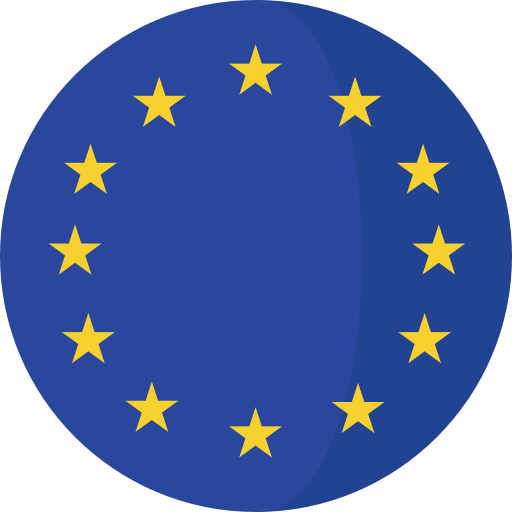 European Union
European Union
 Guatemala
Guatemala

 Hand in Hand
Hand in Hand

 Hand in Hand
Hand in Hand
 Institute of Culture and Language
Institute of Culture and Language

 Hand in Hand
Hand in Hand
 Institute of Culture and Language
Institute of Culture and Language
 Honduras
Honduras

 Literature
Literature
 Mexico
Mexico

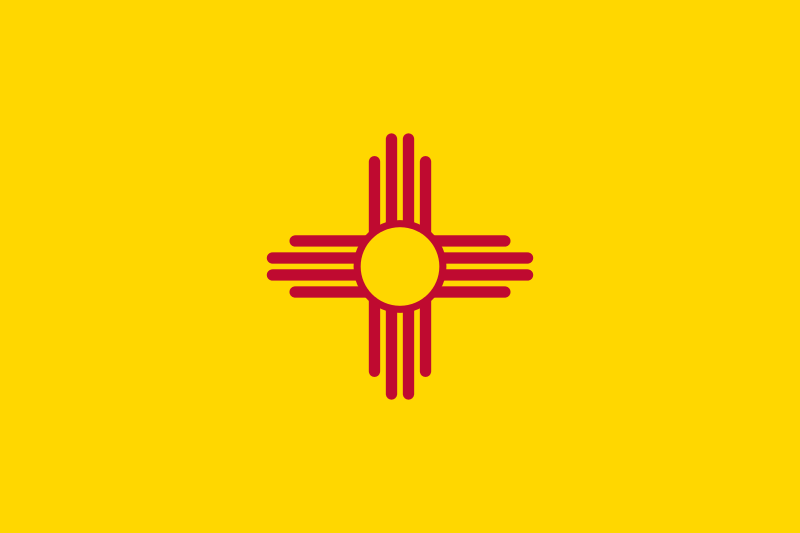 New mexico-NM
New mexico-NM
 Nicaragua
Nicaragua
 Panama
Panama
 Paraguay
Paraguay
 Peru
Peru
 Puerto Rico
Puerto Rico
 Republik El Salvador
Republik El Salvador
 Spain
Spain
 Uruguay
Uruguay
 Venezuela
Venezuela

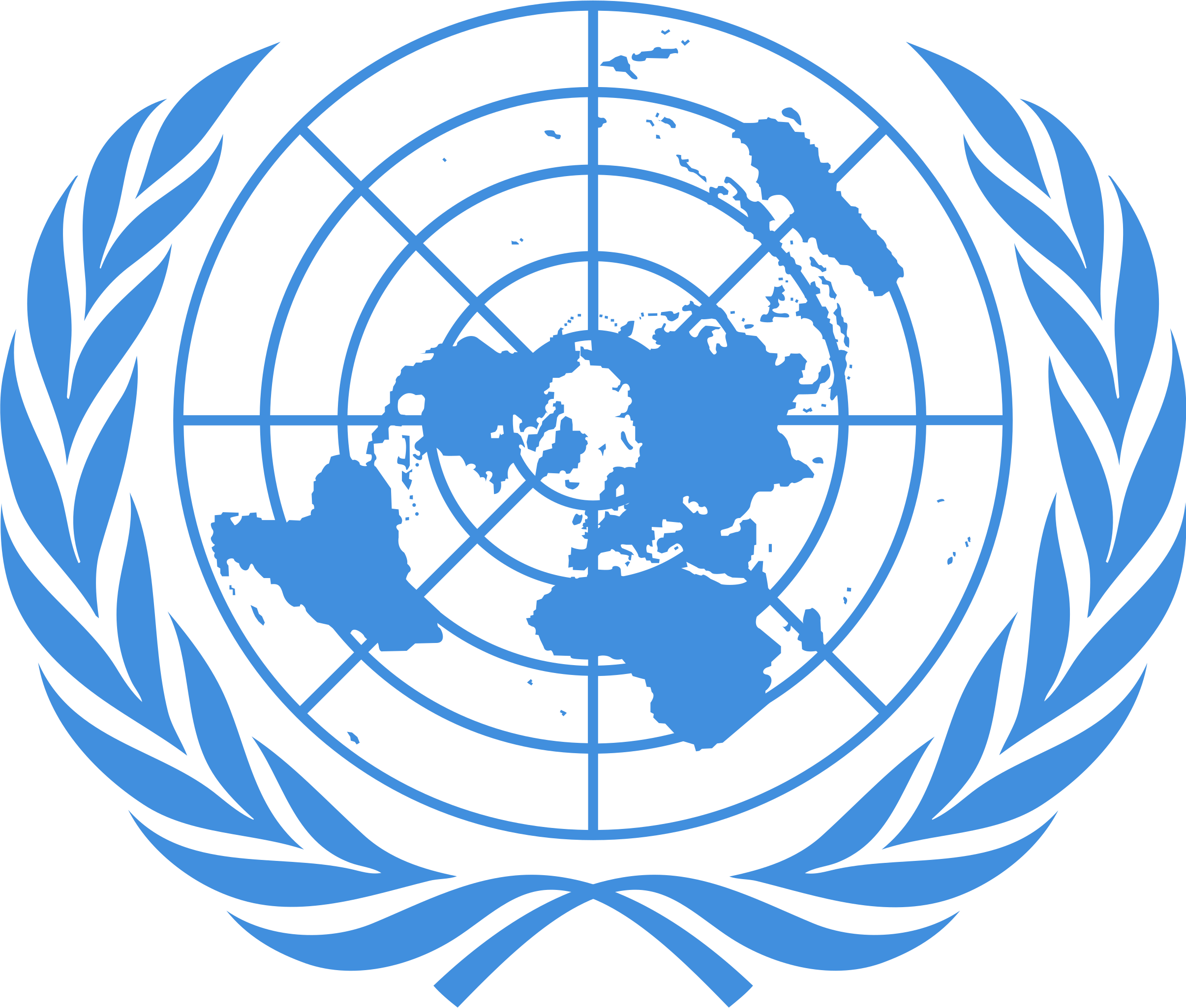 United Nations
United Nations
 Official languages
Official languages
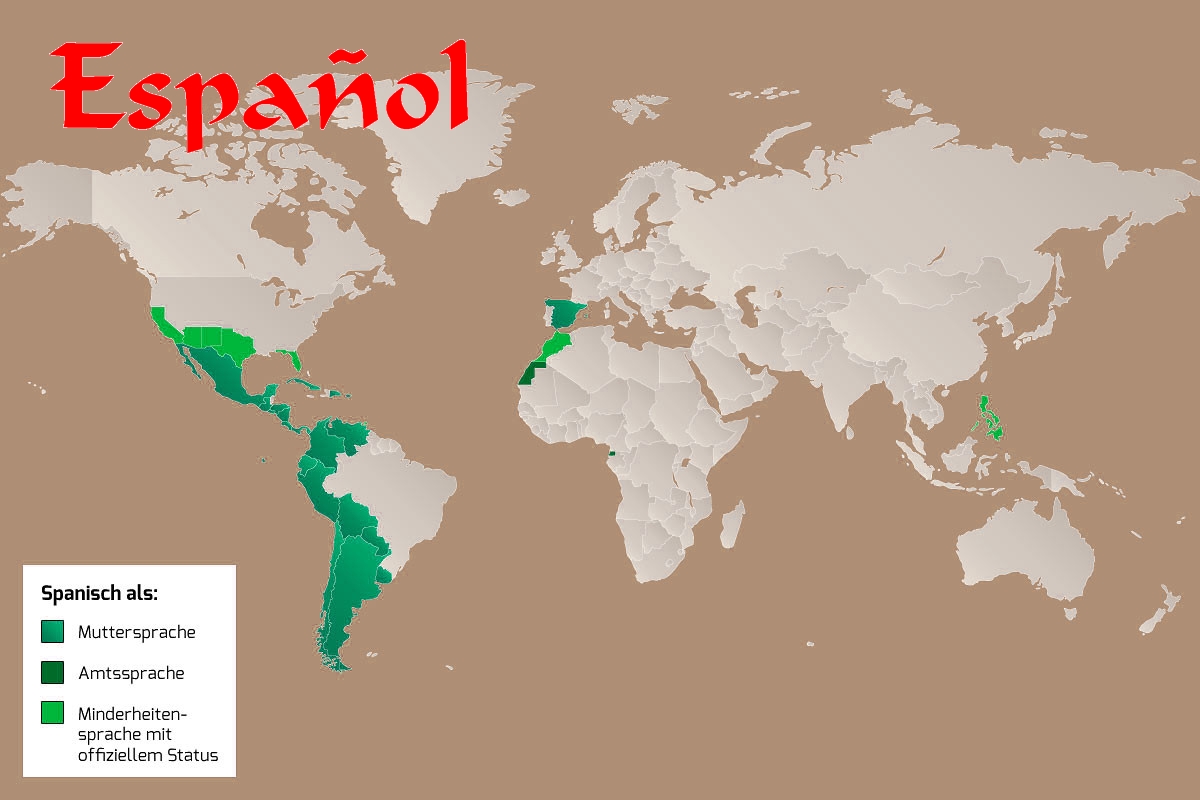
 Geography
Geography
 Economy and trade
Economy and trade
 Eat and Drink
Eat and Drink
 History
History



 Military, defense and equipment
Military, defense and equipment
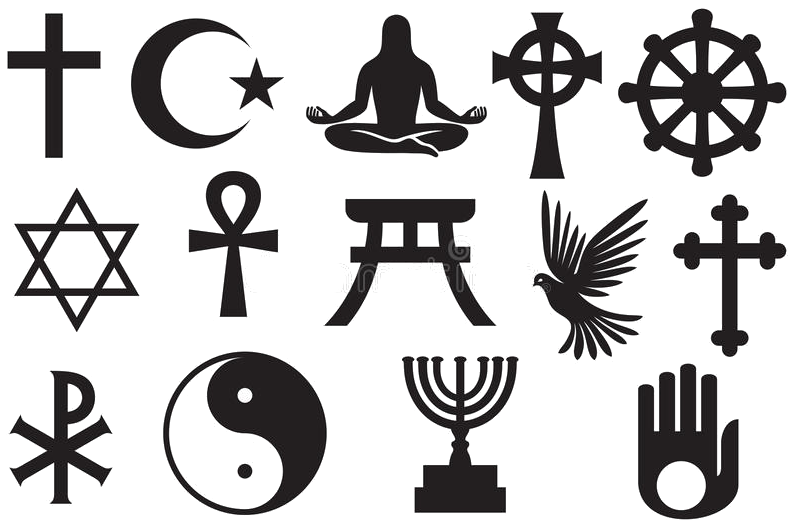 Religion
Religion